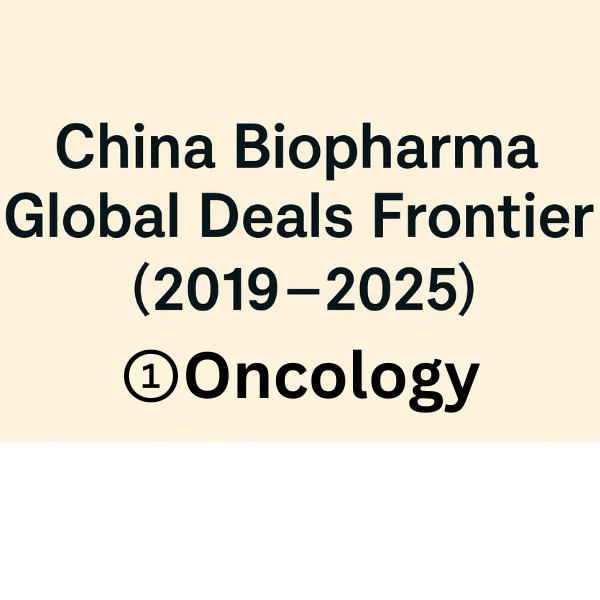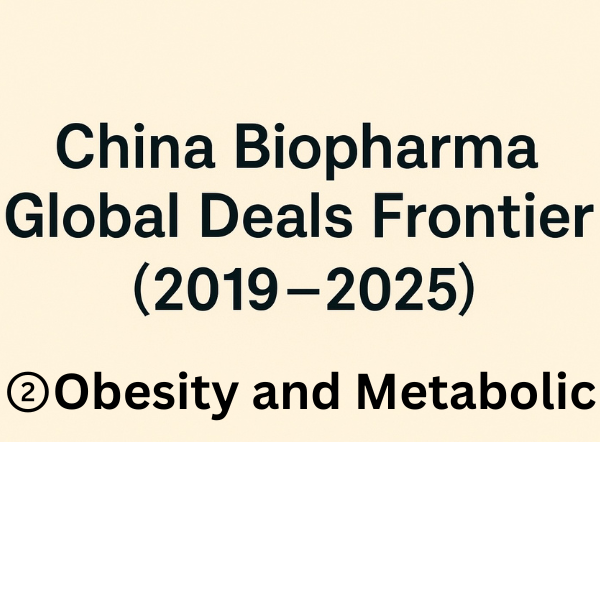Obesity and type 2 diabetes are massive in clinical burden and market size. China-origin programs are notable in oral GLP-1 design and in practical, scalable manufacturing plans. This article guide beginners through outcomes interpretation and gives advanced readers deal-term levers, supply planning, and adjacency strategies.
Overview Table: Notable Deals (Obesity / Metabolic)
| China Company | Partner | Asset / Code | Modality | Main Indications | Deal / Region | Size (public) | Status |
|---|---|---|---|---|---|---|---|
| Eccogene | AstraZeneca | ECC5004 / AZD5004 | Oral GLP-1RA (small molecule) | Obesity, T2D | Global (China co-dev/com) | $185M upfront + up to $1.825B | Global P2b; China P1b progressing |
| Innovent | Eli Lilly (legacy) | Mazdutide | GLP-1/Glucagon dual | Obesity, T2D | China development & commercial | — | China approvals in 2025 |
| Multiple | EU/US partners | — | GIP/GLP-1, GLP-1/GCGR etc. | Obesity, NAFLD/NASH | Mostly ex-China | — | Preclinical to late stage |
1. Why China programs fit this space
Large patient pools accelerate P2 and P3 enrollment. Oral GLP-1 chemistry has advanced: optimizing absorption, stability, and exposure so pills can credibly compete with injections in convenience while aiming for non-inferior efficacy. For partners, ex-China structures let them deploy US/EU regulatory, HTA, and launch execution while leveraging faster enrollment locally.
2. Outcomes reading for beginners
- Percent weight loss: understand baseline and line of therapy context; double-digit percentages are often the benchmark.
- Metabolic endpoints: HbA1c, fasting glucose, lipids (TG/LDL/HDL), liver enzymes (ALT/AST). Integrated benefit beats single-endpoint wins.
- Safety and persistence: GI events, biliary and pancreatic flags, CV outcomes. Long-term adherence and dropout rates drive real-world impact.
3. The bones of the deal (for practitioners)
- Dose form to value: convert oral convenience into economic value with non-inferiority or appropriate deltas; tie royalty step-ups to composite endpoints (weight plus HbA1c) or real-world persistence thresholds.
- Supply constraints: dual-source API and drug product; define buffer stocks and surge rules; document penalties and alternates for delays.
- Adjacency options: staged options for NASH, OSA, and cardio-renal with milestone ladders linked to efficacy or labeling expansions.
4. Case reading mini-guide
In oral GLP-1 P2b to P3 transitions, exposure variability and food or interaction effects are pivotal. Phase 3 often includes lifestyle interventions, so design for real-world reproducibility: track adherence rigorously, set realistic discontinuation targets, and predefine rescue rules. Long-term safety and persistence will shape post-launch curves and payer conversations, so build extension protocols and pharmacovigilance plans early.
5. What to watch next
- Oral vs injection: triangulate convenience, price, and supply. HTA strategies must be country-specific.
- Multi-agonist race: map GLP-1/GIP/GCGR trade-offs against visceral fat, fatty liver, and cardio-renal outcomes.
- Combinations: combine with SGLT2 or anti-inflammatory agents to produce integrated outcome gains.
6. Quick execution checklist
- Country-by-country price and access models started early.
- Capacity, inventory policies, and surge plans written into the contract with penalties and alternates.
- Long-term safety and dropout KPIs shared, monitored, and tied to milestones where possible.
Next up
Part 3 turns to “Other” areas: Respiratory/Immunology, CNS, and Infectious Diseases. We unpack multi-program option frameworks, HGR/PIPL and data-transfer operations, inhaled and aseptic quality audits, and the role of RWD in sensitivity analyses.

Edited by the Morningglorysciences team.









Comments